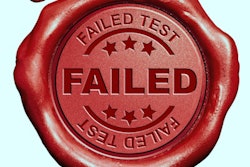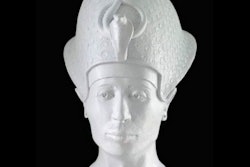Dear AuntMinnieEurope Member,
Can artificial intelligence (AI) pass the Fellowship of the Royal College of Radiologists examination that U.K. trainees must do to qualify as radiology consultants?
Researchers have addressed this intriguing question in the Christmas issue of the BMJ. The findings suggest AI still needs to improve before its widespread clinical use, particularly when it comes to musculoskeletal x-rays.
Imaging has played a central role in creating the facial reconstructions of two famous ancient Egyptian Pharaohs. An international team took the 2D CT scans produced by radiologist Prof. Sahar Saleem from Cairo from 2005 to 2009 and worked their magic on them. Take a look at the results in the CT Community.
Prof. Guozhen Li introduced China's first CT scanner in 1978, and she helped organize many training courses across the nation. Her 1985 book, "Clinical Body CT Diagnosis," was very influential. By the end of 2017, China had over 19,000 CT scanners. She has died at the age of 107, and we've posted a tribute article about her.
Massive reductions in CT radiation dose levels have been achieved since the 1980s, of course, but earlier this month, German researchers expressed concerns that exposure from CT may increase brain cancer risk in children by up to fivefold.
Choosing the best imaging technique is vital in suspected cases of gastric cancer due to the lack of early signs and symptoms. F-18 FDG-PET/CT is often used to diagnose and stage gastric cancer, but it has a low detection rate for primary cases, especially in the early stages. A new study has looked at whether a gallium-68-labeled fibroblast activation protein inhibitor radiotracer can help in this area. Find out more in the Molecular Imaging Community.
On behalf of the whole team at AuntMinnieEurope.com, I wish you a very peaceful and happy holiday season. We are taking a short break starting today and will return on 28 December, when we will reveal the top 10 articles for 2022.



















